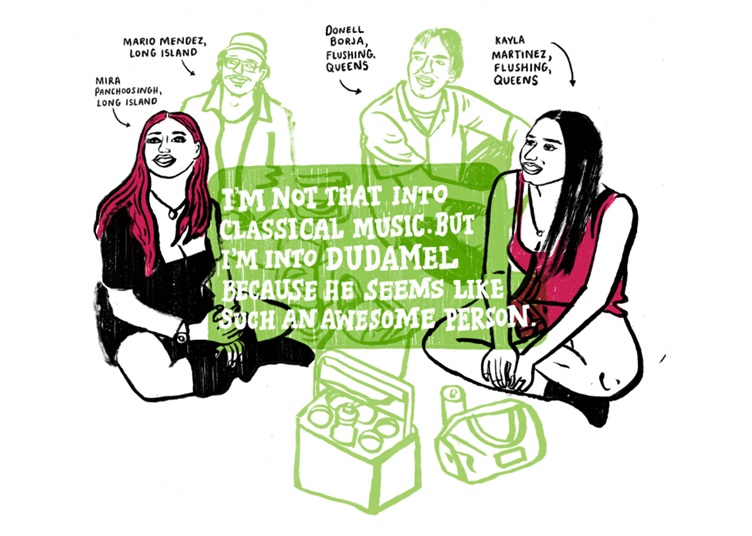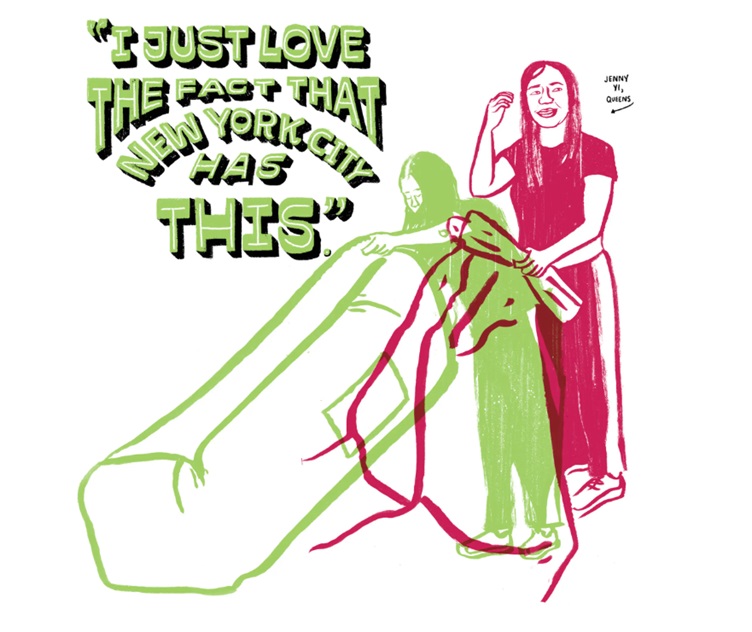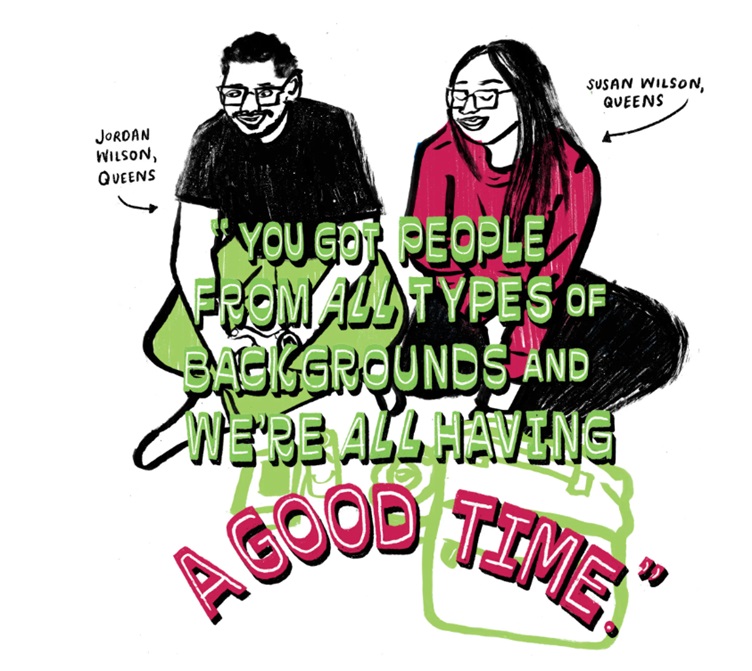A couple weeks ago I caught a news story about the California legislature restoring funding to a program which was focused on helping arts organizations make payroll after a 2019 state law required them to treat performers as employees rather than independent contractors.
The payroll fund, which only launched this year, is meant to offset the cost of complying with AB5, the 2019 law that requires theaters to treat performing artists as employees rather than independent contractors. Since the law’s enactment, small performing arts groups have seen their payroll expenses balloon.
The Equitable Payroll Fund is only available to nonprofits with an adjusted gross revenue under $2 million; organizations submit for reimbursements on their payroll expenses.
This brought to mind concerns non-profits had back in 2016 when changes to the Fair Labor Standards Act overtime exemption criteria meant that more employees would have to be paid overtime. I wrote a post back then about the unscrupulous plans some arts organizations were discussing to get around the requirement. I also noted, some of the approaches groups were using were already illegal under the criteria that existed at the time.
When I made the post I suggested it was time to have a frank conversation with boards and funders about the true cost of running an arts organization rather than trying to generate some dodgy new approaches. Fortunately, as a result of pandemic restrictions and changes in working conditions, a large number of arts organization have adjusted their operational models and were forced to engage in these discussions.
That said, the ongoing funding cuts arts and cultural organizations are facing probably means this topic is going to need to be the focus of continuous conversations for many years.





Santa Cruz Shakespeare has several tiers of benefits for donors/members. Some, like season-announcement parties, are open to several tiers. Some,…